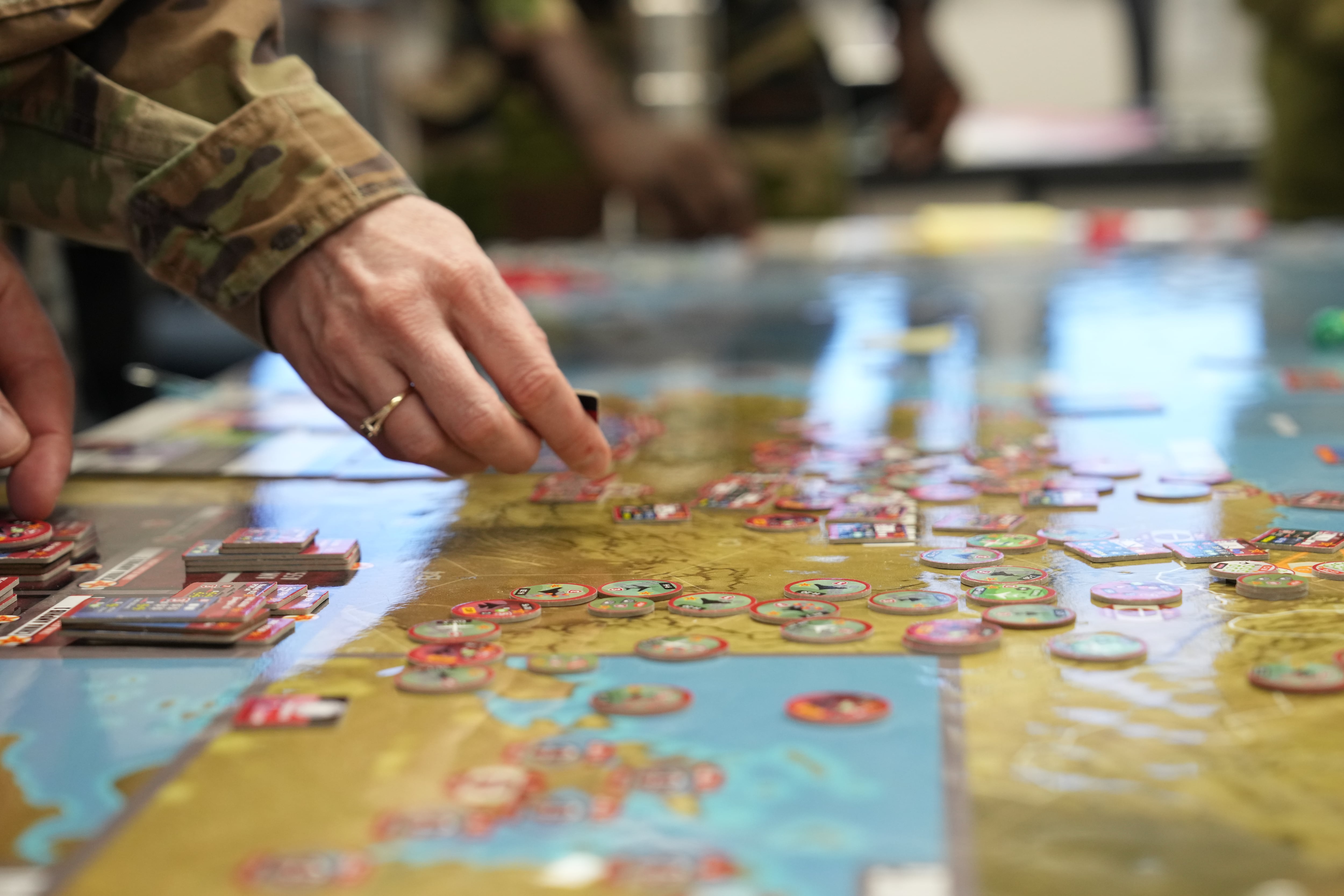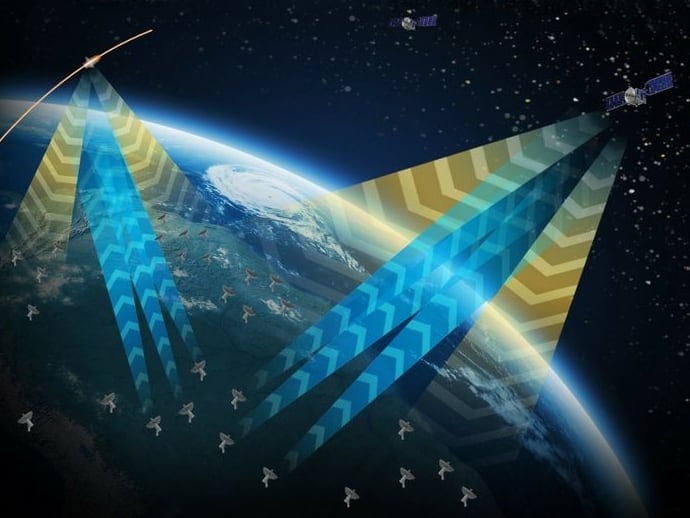The Army is experimenting with combinations of sophisticated sensors in an effort to make it safer for pilots to fly in a degraded visual environment, or DVE.
The service has been pursuing DVE mitigation for about a decade. Successful ground sensor tests in 2015, followed by flight testing this fall, suggest the Army may be closing in on a solution.
Smoke and sand, snow and rain, fog and darkness: Any of these can obscure a pilot's vision, making it difficult to fly and eroding the tactical edge. DVEs "have been the cause of a significant number of Army aviation accidents in the last decade," Army officials told a House subcommittee on tactical air and land forces in March 2016.
DVE have been the cause of 24 percent of aircraft crashes and 44 percent of aviation fatalities since combat operations began in 2002, according to officials from Sierra Nevada Corporation. That company has been addressing the problem with the U.S. Army Aviation and Missile Research, Development and Engineering Center's Aviation Development Directorate.
The Army's DVE mitigation program has multiple goals, the first being safe operations. "We are creating an advanced capability that enables commanders to conduct operations deliberately in DVE with confidence that their crews will be safe and their missions successful," said Maj. Joe S. Minor, program manager and experimental test pilot for the DVE mitigation program.
Beyond this, program managers say they want to turn DVE into a tactical advantage. If Army pilots can fly blind, that gives them an edge in the field. "Our goal is to convert DVE conditions into a combat multiplier for commanders in the field in much the same way that the advent of night vision devices turned night conditions to our advantage in years past," Minor said.
Years of research has shown that no one technology will make that happen. Rather, a combination of sensors must be brought to bear to support what Minor describes as a three-legged stool comprised of flight controls, sensing and cueing.
- Flight Controls: The team is researching advanced control strategies using a platform developed by the Army’s Aeroflightdynamics Directorate at Moffett Field, California.
- Cueing: DVE mitigation is looking into ways to deliver visual, aural and tactile cues to pilots, when the usual visual cues that normally help them to fly are unavailable.
- Sensing: The sensor team is looking at the relative strengths and weaknesses of various sensors under diverse DVE conditions. So far its findings indicate that no one sensor technology alone will suffice, given the many variables inherent in the DVE scenario.
Individual sensors, "while perhaps adequate in some set of environments, inevitably fall short in others and perhaps dangerously so," Minor said.
In flight tests conducted at Yuma Proving Ground in the fall, Sierra Nevada Corporation brought a range of sensors to bear on the problem. "Our primary DVE sensor is a 94 GHz millimeter-wave radar, which was specifically designed and optimized for mitigating DVE on aircraft," said Greg Cox, corporate vice president of the company's communication, navigation, surveillance/air traffic management division.
The team also tested combinations of multiple light-detecting and ranging sensors and long-wave infrared cameras. "Sensor fusion is key to enabling the integration of dissimilar sensor technologies and provides the flexibility to accommodate new sensors as they become available," Cox said.
To overcome the challenges of flying in DVE, the Army will need "not simply the best of any given sensor, but the best combination of sensors and complementary performance between them," Cox said.
Minor likens DVE flight to the challenges of trying to pass a truck in the rain. "If the driver could somehow see through the spray, guide the vehicle based on proximity to the truck, be cued to upcoming hazards in the road, or all three at once, the task would be much more manageable," he said.
Senior Defense Department officials say the ability to conduct safe DVE operations would have a significant impact. "The application of this technology will provide a game-changing capability," Frank Kendall, under secretary of defense for acquisition, technology and logistics, told a Senate committee this past spring.
The Army is reviewing the results from Yuma and says the next step for the program will be Europe-based NATO flight trials scheduled for February 2017. While the tests will be similar to those performed in Yuma, carrying out trials in a European winter setting "allows us to expand the environmental envelope with the added bonus of collaborating with key NATO partner countries," Minor said.
The program is slated to culminate in a capstone demonstration around 2020.








